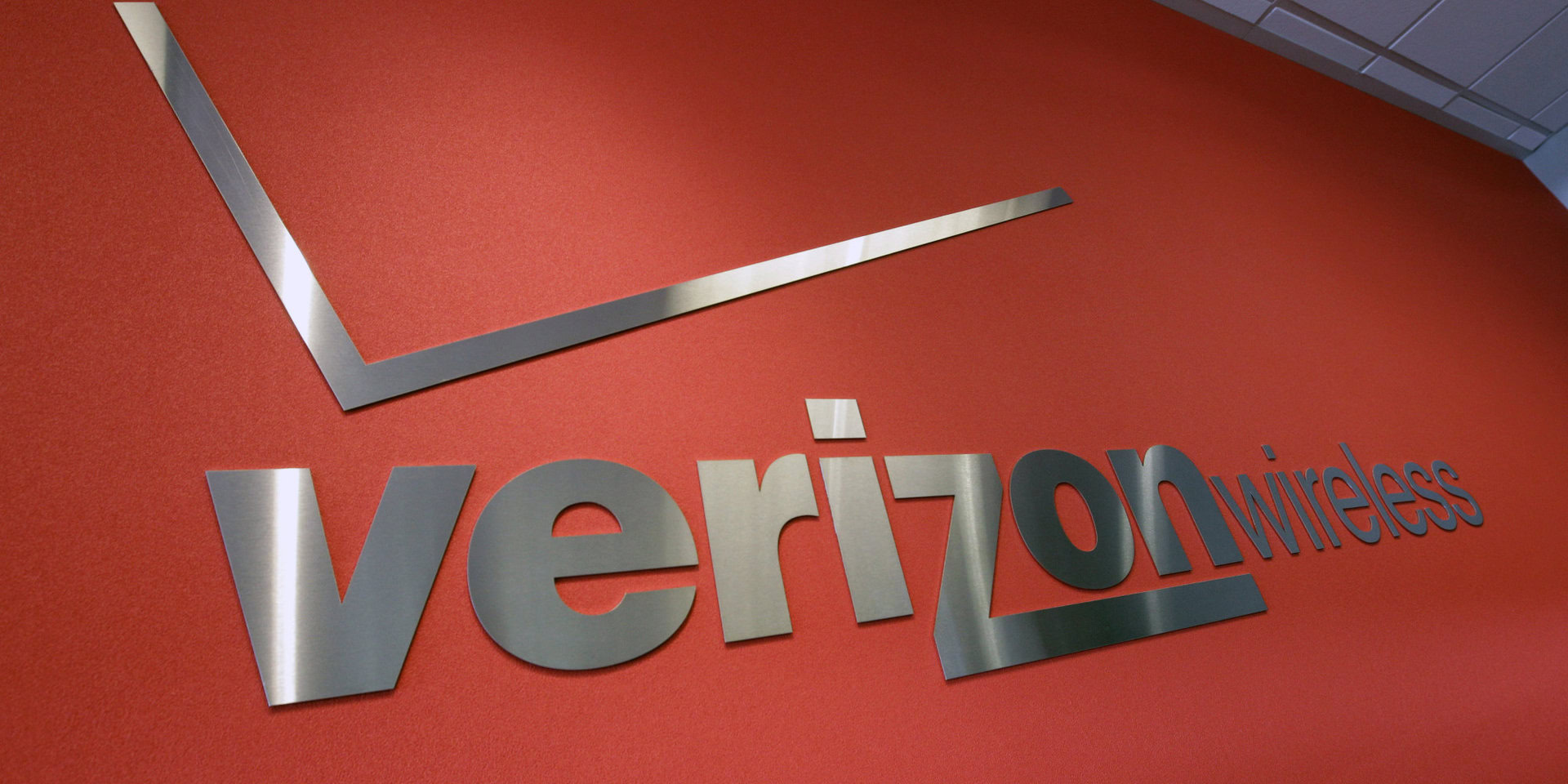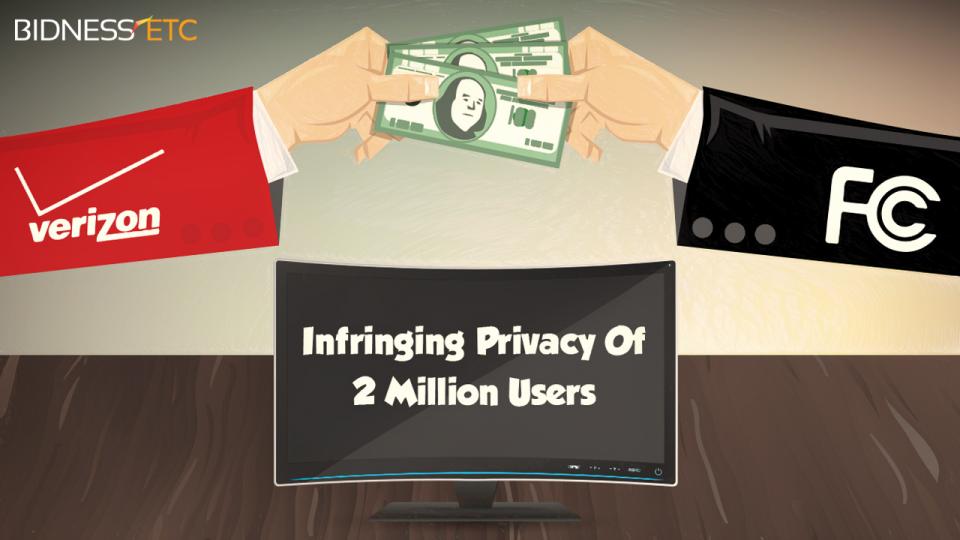Affiliate links on Android Authority may earn us a commission. Learn more.
Why doesn't Verizon make their "supercookie" an opt-in program?

For months, both the public and Congressional leaders have questioned Verizon Wireless over their data collection methods. Verizon has especially been taking heat for altering customer’s traffic and inserting unique identifiers that users could not control through a so-called “supercookie.”
But now, Verizon is allowing customers to completely opt-out of this program. Previously, Verizon only allowed customers to opt-out of a portion of this program, which left Verizon customers continually vulnerable to third parties being able to track the customer regardless of the customer’s approval to do.
But as CNET and the Electronic Frontier Foundation ask, why isn’t this feature turned off by default? Verizon is already being questioned about whether their previous privacy comments (about the supercookies) were accurately portrayed to customers.

The answer is quite simple. Verizon wants to continue selling customer data to advertisers. By making the program opt-out, it allows for many more customers to stay involved in the program due to apathy or inability to figure out how to opt-out. With a market expected to reach $11 billion by 2016, it’s no wonder Verizon is desperate to have as many customers as possible tracked by these intrusive cookies.
But there is another reason to be concerned as telecom companies have quite the history with opt-out options.
For example…..
Verizon
In Verizon’s case, they have a history of simply hiding the fact that customers can opt-out of certain privacy programs. In September of last year, Verizon settled an investigation with the FCC where they agreed to pay a $7.4 million fine for failing to notify approximately two million new customers of their privacy rights and for failing to tell them how to opt-out of Verizon marketing. This meant that Verizon was simply using these customer’s personal information for marketing products.
AT&T
When AT&T launched their 1 Gbps service, called Gigapower, they allowed customers to pay the same monthly price as Google Fiber customers but only if the customers agree to opt-in to their Internet Preferences program. This program allowed AT&T to snoop heavily on customers using deep packet inspection. This means that AT&T knew (amongst many things) every web site you visited and for how long. But what if you wanted to opt-out of this AT&T program? As GigaOM found out, AT&T forces customers to pay a $50 activation fee.
In 2011, AT&T came under fire for forcing customers into their “Customer Proprietary Network Information.” AT&T sent postcards to customers with confusing language that basically said that all customers were being put into this marketing program unless the customer opts out. One customer even wrote about his experience trying to opt-out of this program:
I got a postcard from AT&T today… They don’t want me to read it… It is densely packed and uses a very narrow, very thin font. It’s tough to read… Even if you want to say “no” there are roadblocks. I found that out firsthand. The card gives a phone number to call and opt-out. After dialing I was presented with an unforeseen hurdle. They wanted a three digit number that appears on my phone bill. Nowhere on the card did it say I’d need this. I didn’t have it at hand… – Geofffox
Comcast
This telecom company has set just about every customer service hatred record. In 2013, Comcast decided to turn all of their customer’s routers into a nationwide system of wireless hotspots. Although one would think that Comcast would let customers opt-in to this company-benefiting move, you would be wrong as Comcast activated the public Wi-Fi hotspots automatically and forced customers to opt-out if they didn’t want to help Comcast. Comcast claims that it is easy to opt-out of this program: Just call them or visit the Comcast web site. Sounds easy, right? Not exactly.
“My ability to turn Wi-Fi off via the ‘Users & Preferences’ page (does) not exist,” one customer wrote on the DSLReports forums. “Calling the 800 number and going to internet support gave me someone who only suggested trying to disable & re-enable bridge mode (which didn’t eliminate ‘xfinitywifi’). He then suggested I (get this!) read up on the Comcast customer forums on their website as ‘there are constantly updates to the firmware in our modems and this is probably just an update that has an issue at the moment.’” – RT.com
A simple visit to the Comcast forums show many other customers who can’t seem to have these hotspots removed from their router.
Dish Network
Dish Network recently settled a case with the Federal Trade Commission in which Dish was found guilty of violating the Federal Do Not Call Registry. Dish simply ignored consumers who decided to opt-out of marketing calls. Dish didn’t just ignore the Registry several times but had “millions” of cases in which they violated customers opt-out wishes.
Mediacom
Mediacom has been called out for their non-working opt-out programs for years. Dating back to 2011, Mediacom joined other ISP’s in using a DNS redirection service that directed people who mistype URLs to their own ad-laden search portal instead of a 404 error. After customers demanded a way to get out of this program, Mediacom implemented an opt-out function. Just one problem….it didn’t work. In fact, if we fast-forward to 2014, Mediacom STILL hasn’t actually fixed this opt-out issue.
Frontier
Years ago, Frontier introduced an absurdly low 5GB per month usage cap for select customers. As StopTheCap noted at the time, this change was a “materially adverse change” that allowed customers to get out of their contract with Frontier at no charge for the following 30 days. But rather than send a letter to Frontier customers or even email those customers, Frontier decided to announce that this was a “materially adverse change” by burying the language in fine print on their web-site. Essentially, Frontier was hiding their opt-out option in the hopes that customers wouldn’t know about this change.
LG TV
Even though this isn’t a telecom company, I still chalk this up as one of oddest opt-out disasters. As DSLReports reported in 2013, a security blogger noticed that LG “Smart” TVs were monitoring everything a user watched and then sent that data back to LG unencrypted via broadband. In fact, even if a customer filed out a request to opt-out of this service, the snooping continued. Soon, other sites found that LG’s data collection extended into the home network. Eventually, LG sent out a firmware that made the opt-out setting work.